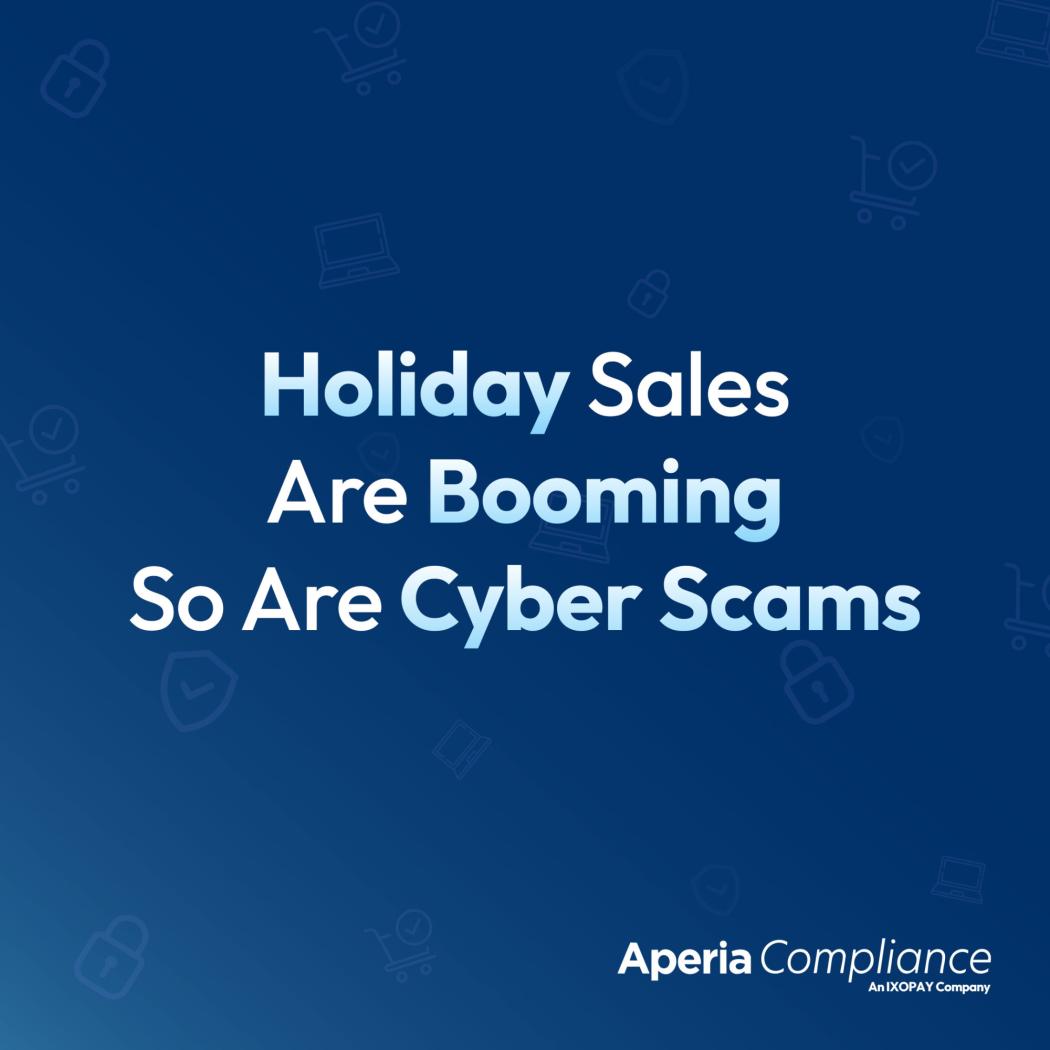The Holiday Surge — and the Hidden Risks
Every November, merchants chase record sales… and so do cybercriminals.
The holiday rush brings more traffic, faster checkouts, and distracted consumers. And that urgency? It’s exactly what attackers count on.
Fraud attempts can surge by 60–70% during Black Friday and Cyber Monday. When shoppers want speed, they skip scrutiny — and that’s when risk sneaks in.
The reality: while merchants focus on growth, bad actors focus on opportunity. And the difference between a record-breaking weekend and a reputation-breaking breach comes down to one thing: protection.
Why Cyber and Fraud Risks Spike During Black Friday
The psychology of urgency drives shoppers and merchants alike. More online traffic, faster checkouts, and distracted consumers create the perfect storm for cyber risk.
Urgency creates a desire for speed—and often results in less scrutiny.
Common seasonal threats include:
Phishing and fake checkout pages designed to steal credentials.
Malicious scripts hidden in third-party plugins or payment pages.
Account takeovers that expose sensitive business or customer data.
Even worse, attacks no longer stay confined to one side of the transaction. They cross over… from consumer to merchant, and back again.
It’s what we call cross-over risk: SMBs using the same device for personal and business activity, opening the door to exposure on both fronts.
The outcome? Breaches that ripple far beyond one sale or one store.
PCI Compliance Under Pressure
The PCI DSS 4.0 framework is built to protect merchants year-round, but high-volume periods like Black Friday put that protection to the test.
For eCommerce environments, the focus should be on:
6.4.3 & 11.6.1 – Detecting and preventing malicious scripts (Script Monitor).
Continuous monitoring and patch management – Staying ahead of vulnerabilities (Endpoint & Patch Management).
Incident response and remediation planning – So recovery doesn’t start from zero.
For retail and hospitality, high foot traffic introduces different challenges:
Network security (1.4.2) – Protect internet-facing systems from untrusted sources.
Anti-malware and phishing prevention (Req. 5 / 5.4.1) – Expanding defense beyond traditional antivirus.
Software security and patching (6.2.3 / 6.3.3) – Closing critical gaps within 30 days.
The takeaway: PCI isn’t a checkbox. It’s a stress test.
And in high-risk seasons, it’s the framework that keeps your environment resilient when everything else speeds up.
How Aperia Compliance Keeps Merchants Protected
Modern risk requires modern protection. Aperia Compliance helps merchants and payment partners build real-time resilience through layered defense:
Script Monitor: Detects unauthorized scripts before they compromise checkout pages.
Endpoint & Patch Management: Keeps systems current and malware-free.
Breach Protection & Resolution: Provides identity recovery, cyber liability coverage, and full remediation support.
Website & Privacy Compliance: Ensures ADA, GDPR, and privacy readiness during traffic spikes.
For ISOs and payment platforms, offering built-in merchant protection isn’t just good compliance — it’s good business.
It differentiates your brand, strengthens your portfolio, and keeps your merchants secure when the pressure’s on.
Before the Rush: What Smart Merchants Do
Preparation isn’t optional… it’s the advantage.
Before the traffic peaks, the most secure merchants:
Audit third-party scripts and plugins.
Update POS systems and apply all pending patches.
Train teams to recognize phishing and social engineering.
Test backup and incident response processes.
A few proactive steps can prevent weeks of disruption — and keep revenue flowing when it matters most.
Stay Secure This Shopping Season
Black Friday brings opportunity — and risk.
But with layered protection, active monitoring, and the right compliance foundation, you can keep your merchants secure and your business resilient.
Because in a season defined by urgency, resilience is the real advantage.
Protect your merchants — and your business — this holiday season.
See how Aperia Compliance can help.
